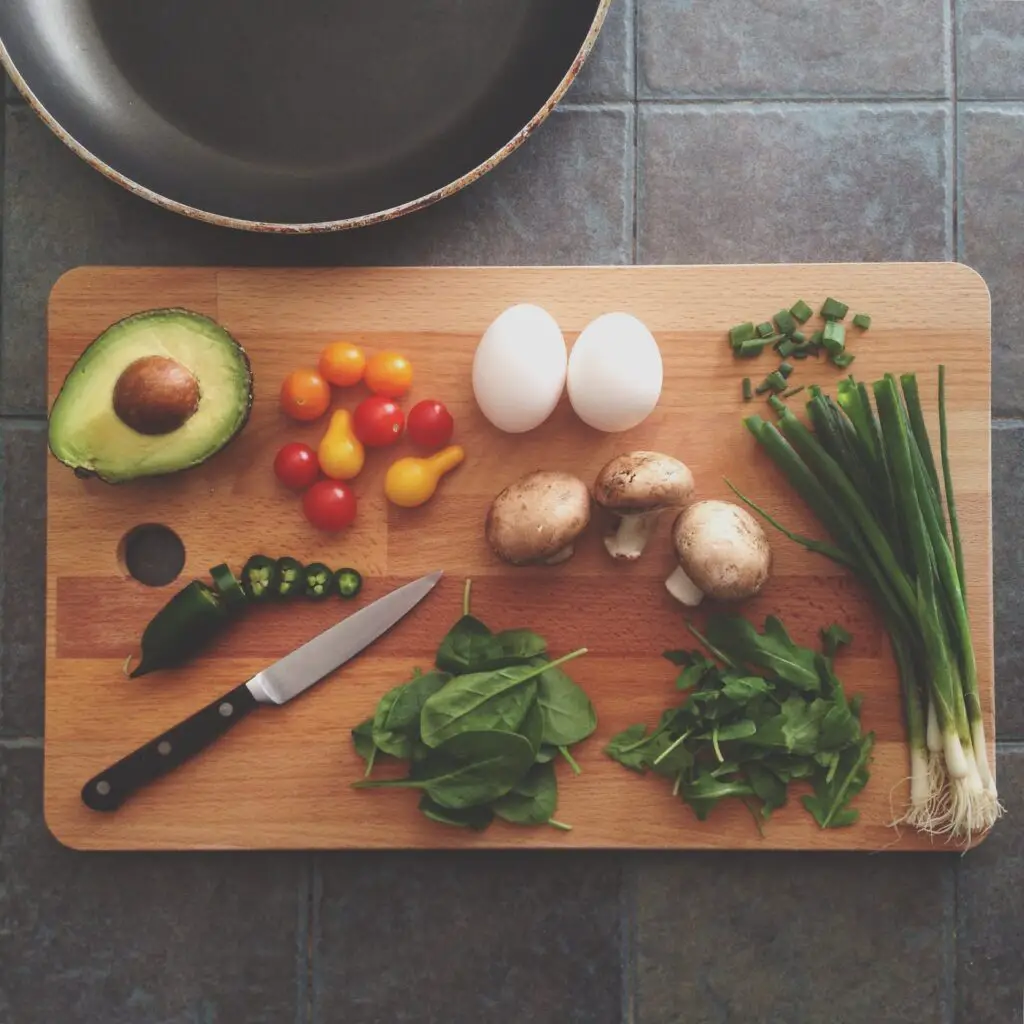Cooking is often seen as both an art and an act of joyful expression. It’s a chance to really let loose and explore new tastes and experiences. Taking careful notes and double-checking recipes can seem a little detrimental to its inherent enthusiasm. And if you have a general idea of what you want from a meal then you might feel like you don’t even need to keep track of your measurements.
But there are a few important reasons why you should always make sure to use exact measurements in your culinary adventures. It’s a part of your everyday adventures. And you’ll eventually find that measurement accuracy adds to the cooking experience rather than detracting from it.
1- Balancing Taste Profiles
Taste is one of the most important and self-apparent reasons for taking accurate measurements while cooking. People often forget just how little it takes to totally change the taste profile of a meal. What’s the difference between the potatoes in a traditional breakfast scramble and spicy potatoes? It often just comes down to little more than 1/2 tsp of spices. The difference between a light spiciness to accent those potatoes and an overwhelming experience with spicy flavor can come down to just an additional 1/2 tsp or less. A tiny bit of salt, cumin, or other options will change that around even more.
Additionally, different spices interact with each other in a variety of ways. With the previous example, cumin and chili powder can complement each other quite well. As could garlic powder. And of course, the interaction with salt and pepper is a staple of the culinary arts. But with all of these and more, the crux comes down to balance. Too much of one ingredient and its flavor will dominate the experience. Too little and an ingredient’s addition can get lost amid the others. But if you carefully measure your ingredients you can make sure that you’re always maintaining that balance. Even when you need to scale up the number of servings you’re making at any one time. It’s about creating the taste version of a symphony where every ingredient works together rather than fighting for dominance.
2- Keep on Top of Your Meal’s Nutritional Profile
There’s more to a meal than taste alone. Taste makes a meal enjoyable in the short term. But it’s nutrition that makes a meal valuable in the long term. And that’s also highly dependent on keeping careful track of your ingredients. Take nutritional yeast as a somewhat extreme example. If you’re cooking for a vegan group then the ability to add much-needed vitamin B-12 with that ingredient can be a huge boon as it’s fairly rare in vegan diets. But how much should you use? At smaller levels, nutritional yeast is virtually tasteless but still provides B-12. But in larger amounts, it can add an almost cheesy taste.
Or, to go with another example, if you’re adding oranges for vitamin C then do you want to use a lot and have it serve as the basis for the meal’s taste profile? Or do you want to just provide a little so that the vitamins and fiber are a part of the larger whole? This general principle holds true for most ingredients. But the only way to know a meal’s nutritional content is to keep accurate measurements of everything that goes into it.
3- Protecting That Spark of Creativity
Finally, remember that you can still let your creativity fly when trying out new ideas in the kitchen. But think about what happens if your idea works out. Will you actually remember how you put the meal together? Will you perfectly recall the fact that you used, for example, 1/2 rather than 1/4th of a tsp? Keep in mind that if you’re playing around with ideas you might have many such variations. By keeping track of your measurement accuracy you’re also ensuring that you can recreate any meal that went well. It’s a way of ensuring that you’re actually able to build on your successes. Take a hint from scientists when you’re working in the kitchen. Experiment and investigate, but keep records of everything you try.

